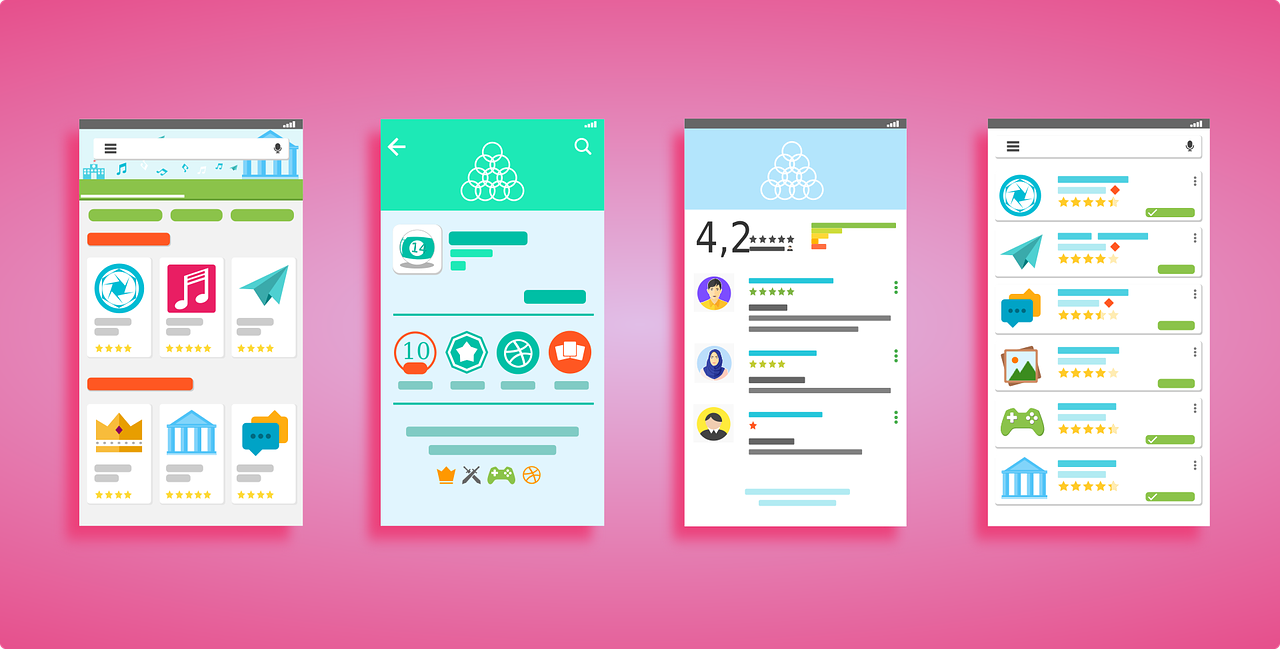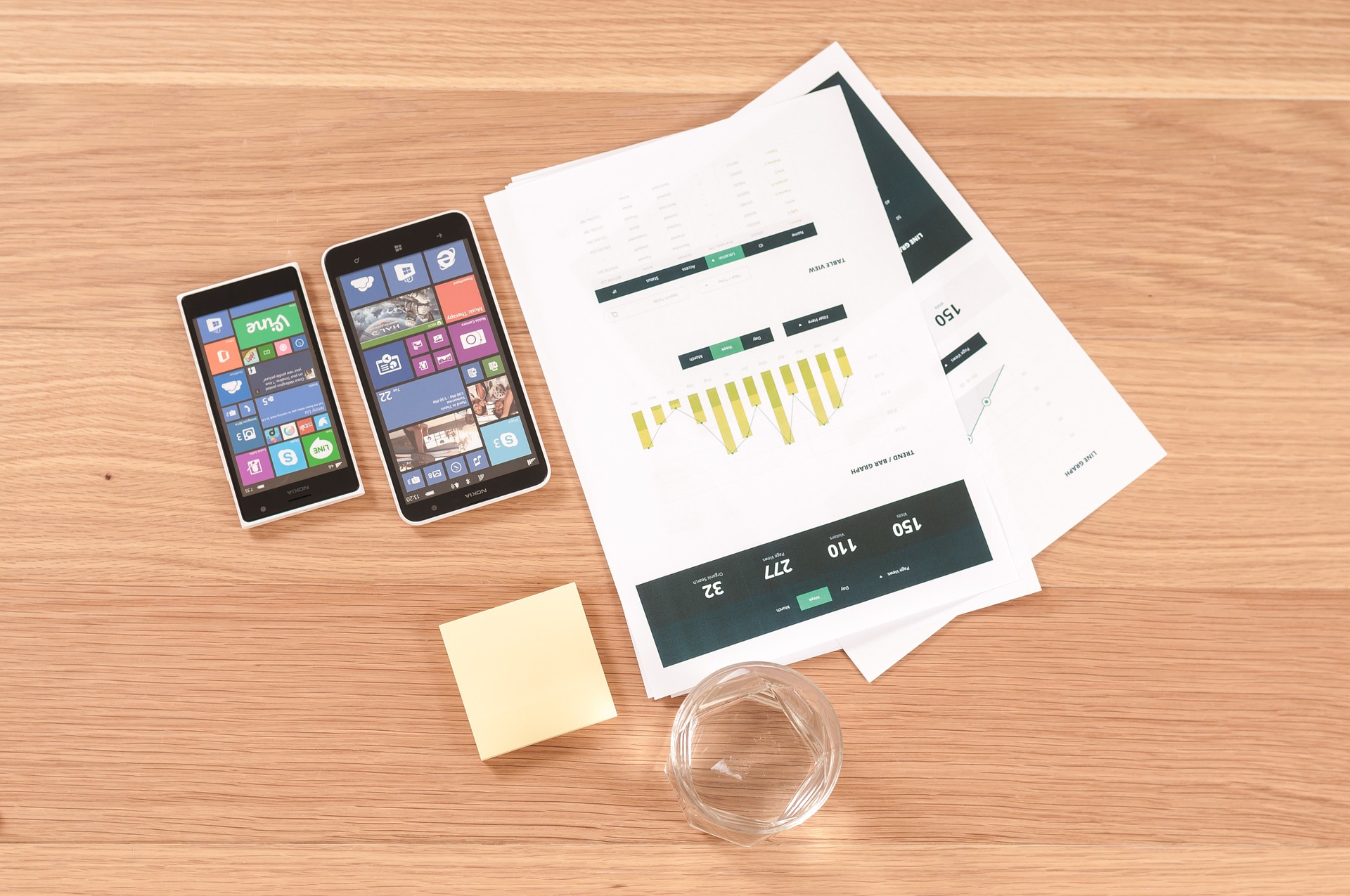User Interface (UI) and User Experience (UX) Design are rapidly growing fields in the graphic design industry, and may appear quite difficult to break into. These days, just knowing how colour and branding works may not be enough to secure a job; you need to adapt and modify your design skills as per industry requirements. User Interface Design in particular is a very creative and challenging industry and offers the scope of a very rewarding job.
Simply put, UI design basically involves designing user interfaces for software, websites and machines — making navigation as simple and as efficient as possible. Have you ever come across a website and couldn’t find what you were looking for because the layout was cluttered and confusing? Or perhaps you’ve recently switched from a Windows Phone to an Android for increased functionality? In both cases, the UI design played a role in your responses.
So how do you go about being an efficient UI designer? These tips will help you out:
Learn Graphic Design and Typography

This goes without saying, but a strong foundation on how the visual medium works — its signs and semiotics — will go a long way. Don’t aim for artistic brilliance, but rather focus on how design can be best manipulated to serve utilitarian needs. Focus on courses that cover topics such as branding, logo design, product design and advertisements. Also sign up for a separate typography course, which will help you choose the right fonts and teach you how to balance the different elements on the screen.
Clarity Is Very Important

Remember that for whatever you design, the user must find the product very easy to use and not face any hassle or confusion. The interface should be clear, very easy to understand and navigate, and preferably interactive. Also, you should design in such a manner so as to grab the user’s attention and keep it. And finally there shouldn’t be any bugs or glitches in the system.
Research Is Key

Once you understand the basic principles of a successful user interface, you’ve done half the job. The next stage is research, where you have to keep in mind the company or brand goals as well as the customer’s needs and expectations. Thus the final design must not only be effective but also have a personality unique to the brand you designed for. For instance, an iPhone is very easy to use, can anticipate the user’s needs, and has a distinctive look.
Conduct Tests On Actual People

Once you have designed a prototype, conduct tests on real people. Ask them to interact with the interface you’ve made, record their responses and check for any errors or inconsistencies. Ask them repeatedly if they’ve faced any problems or if they have any ideas as to how to make it better. Remember, this feedback is possibly the most important step in making a successful user interface.
Once you’ve mastered graphic design as well as understood the philosophy and principles behind UI, it’s time to build up your practical experience. Soon enough, as your portfolio improves, you’ll be landing high-paying gigs and ambitious projects as well.
Interested in studying graphic design? Check out NYFA’s graphic design programs!
